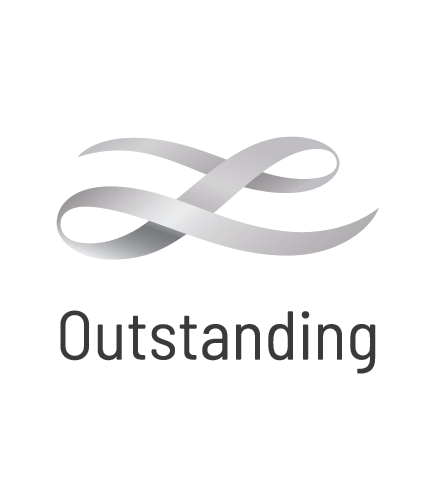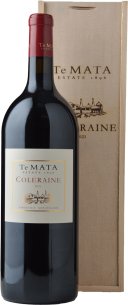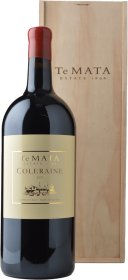CARRUADES DE LAFITE Second wine of Chateau Lafite
Chateau Calon-Segur 3me cru classe
With its name enclosed in a heart on the label, Chateau Calon-Ségur is a third-growth estate (3ème Cru Classé) in Saint-Estèphe. Firm and sturdy in style, Chateau Calon-Ségur is somewhat austere in its youth, possessing a prominent tannin structure that rewards extended cellaring over 10 to 20 years.
CHATEAU SMITH-HAUT-LAFITTE Rouge Grand cru classe
Dating back over 800 years in the Bordeaux region, Chateau Smith Haut Lafitte is owned today by Daniel and Florence Cathiard. The estate also features a world class spa, which specialises in Vinotherapie - using grape extracts in many of their treatments. Up until the year 2000, the estate was not known for producing top quality wines, however in the capable hands of the Cathiard family and after over a decade of hard work and reinvention, the wines truly began to come into their own. It has been, in the words of Andrew Caillard, an astonishing ascendancy in the past 15 years, and given the sterling reviews the 2016 vintage has received, its trajectory seems set to continue its meteoric rise.
Château Pape Clement
Planted in 1300, the estate is the oldest planted vineyard in the Pessac-Léognan appellation, ranked among the Premiers Crus for red wine in the Classification of Graves wine of 1959.
Chateau La Conseillante
Houghton Jack Mann Cabernet Sauvignon
One word - legend. Jack Mann served Houghton for a remarkable 51 consecutive vintages. His determination to create wines of intensity, elegance and regional character have inspired a generation of Australian winemakers to achieve great things. Simply one of this country's greatest Cabernets, this wine is not just single vineyard fruit, the selection process is so rigorous that often it is just a few rows from the Justin Vineyard. Such is the reverence for that great man - Jack Mann.
Chateau Figeac 1er grand cru classe
While a fair share of Bordeaux vineyards can claim significant historical pedigree, few would be able to touch Chateau Figeac - it is one of a select few St Emilion vineyards to have been continuously occupied for over 2,000 years! The estate dates back to the second century when even the ancient Romans who occupied the area were aware of its outstanding terroir. One figure dominates the Chateaus modern era, and that is Thierry Manoncourt who ran the property from 1947 until his death in 2010, just shy of his 93rd birthday. Under his leadership, the Chateau was the first major Right Bank estate to embrace modern techniques such as temperature controlled, stainless steel vats. The traditional-styled Bordeaux has, understandably, gone through a wide range of iterations in its 2,000-plus year history - yet it still manages to surprise and delight. The 2016 earned rave reviews from critics, with Jancis Robinson hailing it as a wine of which ...the Manoncourt family should be very proud.
Te Mata Estate Coleraine Cabernet Sauvignon Merlot Cabernet Franc
TE MATA ESTATE Coleraine. Cepage may include Cabernet Sauvignon, Merlot, and Cabernet Franc. Hawkes Bay, New Zealand
Jim Barry The Benbournie Cabernet Sauvignon
This is the flagship Cabernet of the Jim Barry stable. Ripe black fruits combined with a beautifully distinct earth, leather aromas with hints of dried fruits and sweet mulch.
Chateau Montrose 2me cru classe
Chateau Montrose is a second Grand Cru Classé estate in St-Estephe and is considered one of the leading wine properties of the appellation. Located in the eastern half of the appellation just 800 metres from the Gironde estuary, the propertys proximity to the water provides a unique micro-climate that protects the vines from frost. The Grand Vin is a blend of Cabernet Sauvignon, Merlot and Cabernet Franc, that appears very powerful and austere in its youth, with a backbone of firm tannins that provides exceptional longevity.



















